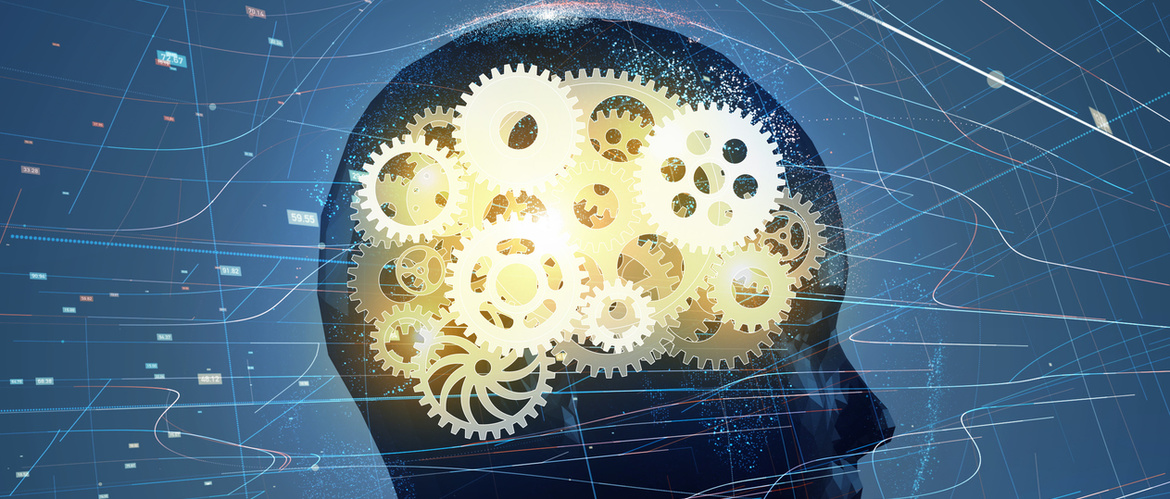
Choose a channel
Check out the different Progress in Mind content channels.

Progress in Mind

Many different combinations of symptoms lead to a diagnosis of depression, and the many different subtypes and symptoms of depression are produced by molecular, cellular, and network interactions in the brain. An overview of current understanding of these interactions was presented at ECNP 2021 by Professor Gitte Moos Knudsen, Copenhagen, Denmark.
Changes in the brain linked to major depressive disorder
Major depressive disorder is a heterogeneous disease with many combinations of symptoms
Although major depressive disorder (MDD) is often thought about as one disease, it is clear there are many subtypes, said Professor Knudsen, who highlighted current understanding of the variety of biological mechanisms linked to MDD, including:
Altered neurotransmission in major depressive disorder involves the monoaminergic, glutamatergic, and GABAergic systems
The default mode network plays a role in major depressive disorder
In addition, different brain regions interact to form a neural network providing connectivity between different brain regions, said Professor Knudsen. Some of these networks play a role in MDD, for example the default mode network.3
Anatomic changes in the brain in MDD include:
Hippocampal atrophy is a notable anatomic change in major depressive disorder
Impaired adaptive signaling results in the core symptoms of major depressive disorder
A video was played during Professor Knudsen’s presentation to explain adaptive signaling in the interconnected neuronal networks in the brain. Adaptive signaling allows the brain to respond and adapt to stimuli, seeking to restore homeostasis through excitatory, inhibitory, and modulatory signaling.3
The GABA/glutamate balance is critical for all neuronal network functions including regulation of monoaminergic pathways.
The GABA/glutamate balance regulates monoaminergic pathways
Professor Knudsen explained that impaired adaptive signaling (i.e. impaired ability for the brain to respond and adapt to stimuli):
The core symptoms of major depressive disorder are linked to impaired adaptive signaling
Professor Knudsen highlighted that in the future the identification of biomarkers involved in these mechanisms will enable patient stratification into different subtypes and facilitate a precision medicine approach with more individualized treatment.
Educational financial support for this symposium was provided by Sage Therapeutics and Biogen.
Our correspondent’s highlights from the symposium are meant as a fair representation of the scientific content presented. The views and opinions expressed on this page do not necessarily reflect those of Lundbeck.